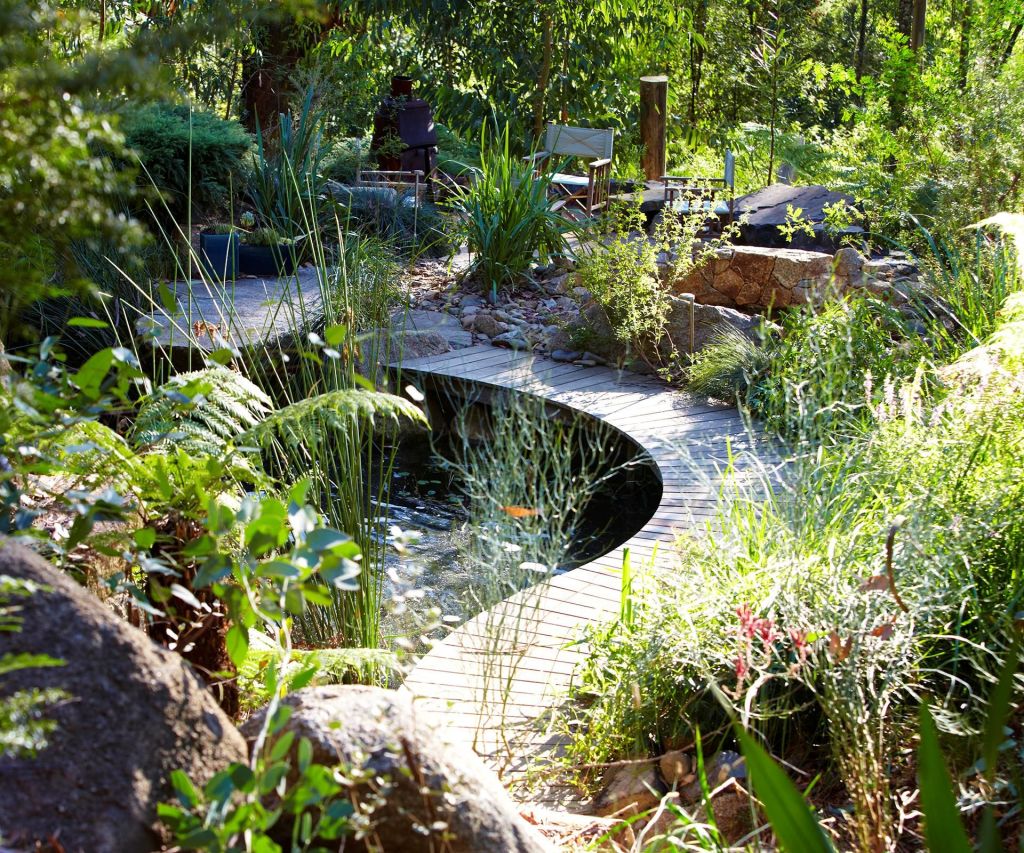Sustainable Gardening: Cultivating a Greener Future
Introduction:
In recent years, there has been an increasing global awareness of the importance of sustainable living and eco-friendly practices. One area that has gained significant attention is gardening. Sustainable gardening not only helps us reconnect with nature but also allows us to reduce our ecological footprint and contribute positively to the environment. In this deep-dive article, we will explore the principles and practices of sustainable gardening, providing you with valuable insights on how to create your own green oasis.
1. Understanding Sustainable Gardening:
Sustainable gardening is an approach that prioritizes environmental responsibility while creating beautiful and productive gardens. It involves designing landscapes that work in harmony with nature’s cycles, conserving resources, promoting biodiversity, and minimizing waste generation.
2. Soil Health: The Foundation for Success:
Healthy soil is vital for sustainable gardening as it supports plant growth without relying heavily on chemical fertilizers or pesticides. By building healthy soil through organic matter additions such as compost or mulch, gardeners can improve fertility, water retention capacity, and nutrient availability while reducing erosion.
3. Water Conservation:
Water scarcity is a growing concern worldwide; hence water conservation plays a crucial role in sustainable gardening practices. Implementing efficient irrigation systems like drip irrigation or rainwater harvesting techniques can significantly reduce water usage in gardens while ensuring plants receive adequate moisture.
4. Native Plants: Promoting Biodiversity:
Integrating native plants into your garden design promotes biodiversity by providing food sources and habitats for local wildlife species such as birds, butterflies, bees, and beneficial insects. Native plants are well-adapted to the local climate conditions, require less maintenance (including watering), and are generally pest-resistant.
5. Companion Planting: Nature’s Partnerships:
Companion planting involves strategically placing complementary plant species together so they can benefit from each other’s attributes – discouraging pests or enhancing pollination processes naturally without relying on synthetic pesticides or fertilizers. For instance, planting marigolds near tomatoes can deter aphids, while growing basil alongside tomatoes improves their flavor.
6. Integrated Pest Management:
Sustainable gardening practices prioritize the use of integrated pest management (IPM) techniques instead of relying solely on chemical pesticides. IPM focuses on prevention through cultural practices like crop rotation, physical barriers such as nets or fences, and biological controls like introducing beneficial insects to control pests naturally.
7. Organic Fertilizers: Nourishing Plants Naturally:
Unlike synthetic fertilizers that can harm soil health and waterways, organic fertilizers provide nutrients slowly and steadily without causing imbalances in the ecosystem. Compost, worm castings, seaweed extracts, and other natural materials contribute to sustainable plant nutrition while improving soil structure.
8. Creating Wildlife-Friendly Habitats:
Incorporating features that attract wildlife is an essential aspect of sustainable gardening. Bird feeders, bird baths, bee houses, butterfly gardens with native nectar-rich flowers all encourage biodiversity by providing a safe haven for various species to thrive within your garden space.
9. Garden Waste Management:
To minimize waste generation in sustainable gardening practices means adopting strategies such as recycling garden clippings into compost or mulch rather than sending them to landfills. Composting not only reduces waste but also enriches the soil with valuable nutrients for future plant growth.
10. Sustainable Garden Design Principles:
When designing a sustainable garden layout consider factors like reducing lawn areas (which require significant watering), utilizing permeable surfaces to prevent runoff and replenish groundwater levels; incorporating edible landscaping elements such as fruit trees or vegetable beds; creating microclimates by using structures like trellises or pergolas for shading; and choosing energy-efficient lighting options for outdoor spaces.
Conclusion:
Sustainable gardening empowers individuals to make positive contributions towards environmental conservation right from their own backyards. By implementing the principles discussed above – focusing on healthy soils, water conservation, biodiversity promotion, and waste reduction – gardeners can create beautiful and productive landscapes while minimizing their impact on the environment. So let’s embrace sustainable gardening practices to cultivate a greener future for ourselves and generations to come.

Leave a comment